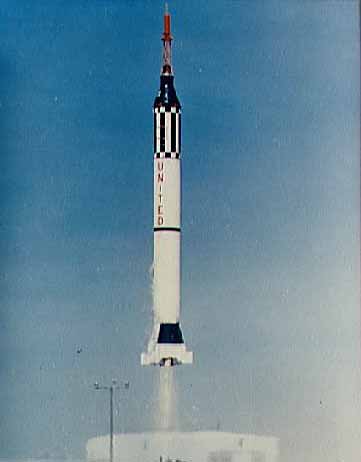Actually, twice more, a few years apart: once for the Soviets, once for us.
Today was quite a busy day in space history: 50 years ago — on January 31, 1961 — the reconnaissance satellite Samos-2 launched from the Navy’s Pacific Missile Range (now part of Vandenberg AFB) , while a few hours earlier Mercury Redstone-2 had launched from Cape Canaveral, carrying Ham the chimpanzee. Ham performed well despite enduring higher g-forces than planned and an accidental cabin depressurization.
But as for the lunar missions …
Five years later, on this date in 1966, the Soviet Union launched Luna-9 from the Baikonur Cosmodrome. Luna-9 was the first craft to successfully make a “soft landing” on the Moon, and sent back several panoramic images of the lunar surface.
But the main event on this day in space history occurred 40 years ago today — January 31, 1971 — when Apollo-14 launched from the Kennedy Space Center carrying astronauts Alan B. Shepard Jr., Stuart A. Roosa, and Edgar D. Mitchell.

(Alan Shepard, during the Apollo-14 mission to the Moon. NASA image.)
Roosa stayed aboard the Command and Service Module “Kitty Hawk” while Shepard and Mitchell descended to the surface in the Lunar Module “Antares”. They landed in the Fra Mauro highlands, where Apollo-13 was supposed to land, and spent over 30 hours there — including over 9 hours exploring the surface.
I could go into various personal science fictional tie-ins to today’s space history, but I get tired of self-promotion. So I think today it’s best to let the day’s accomplishments stand on their own.















